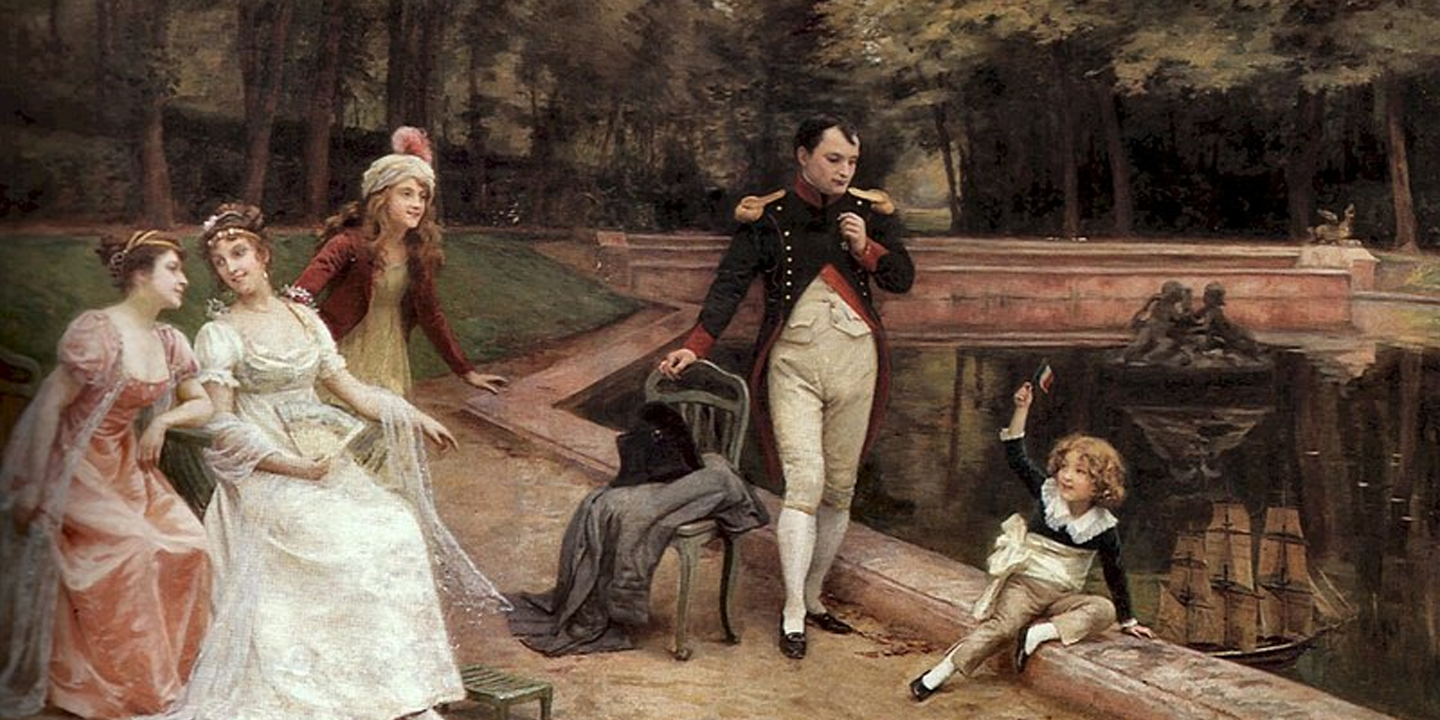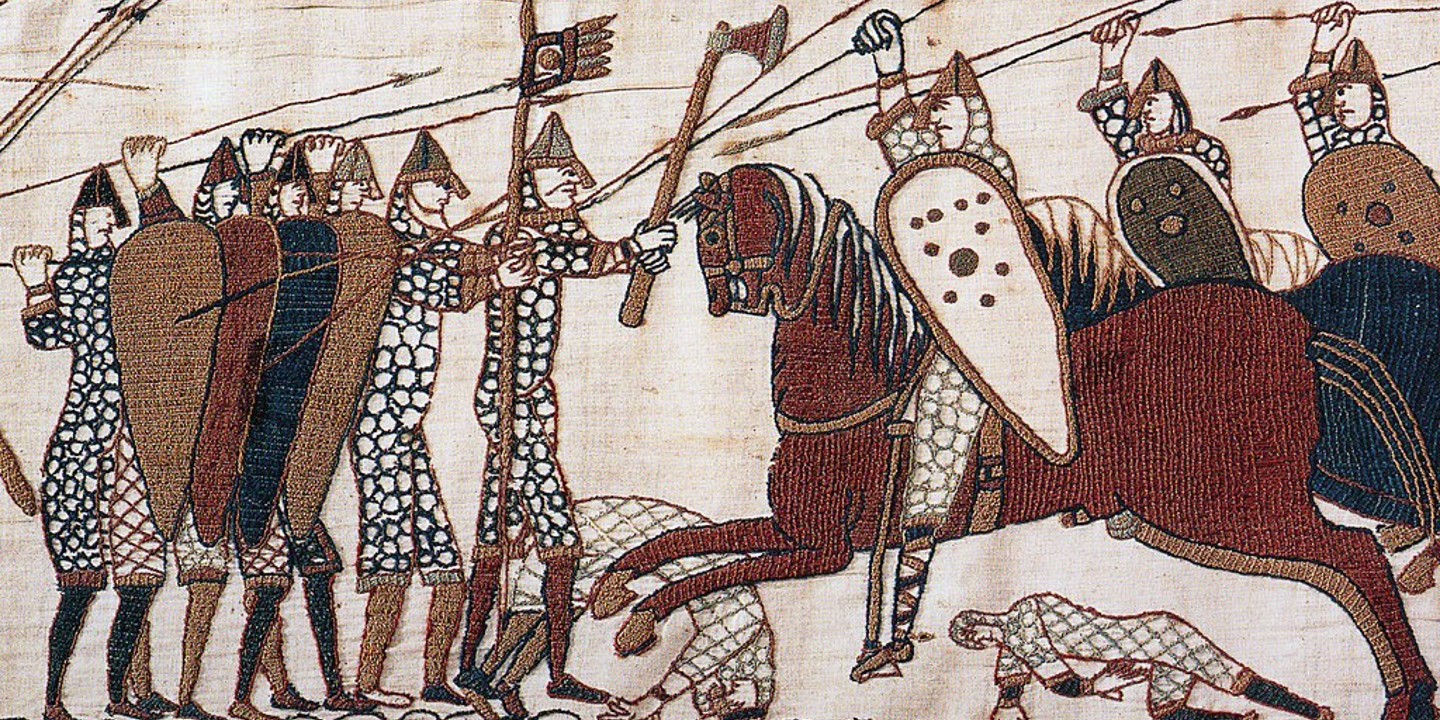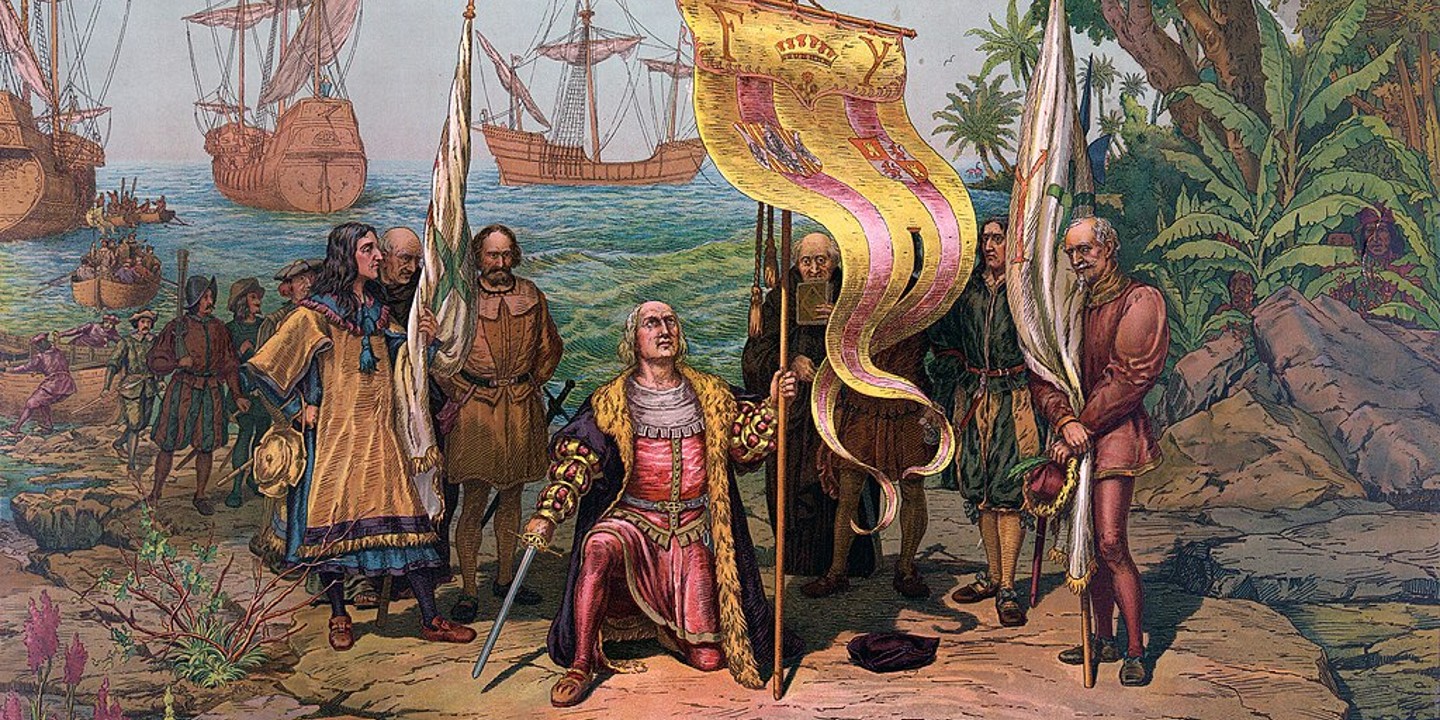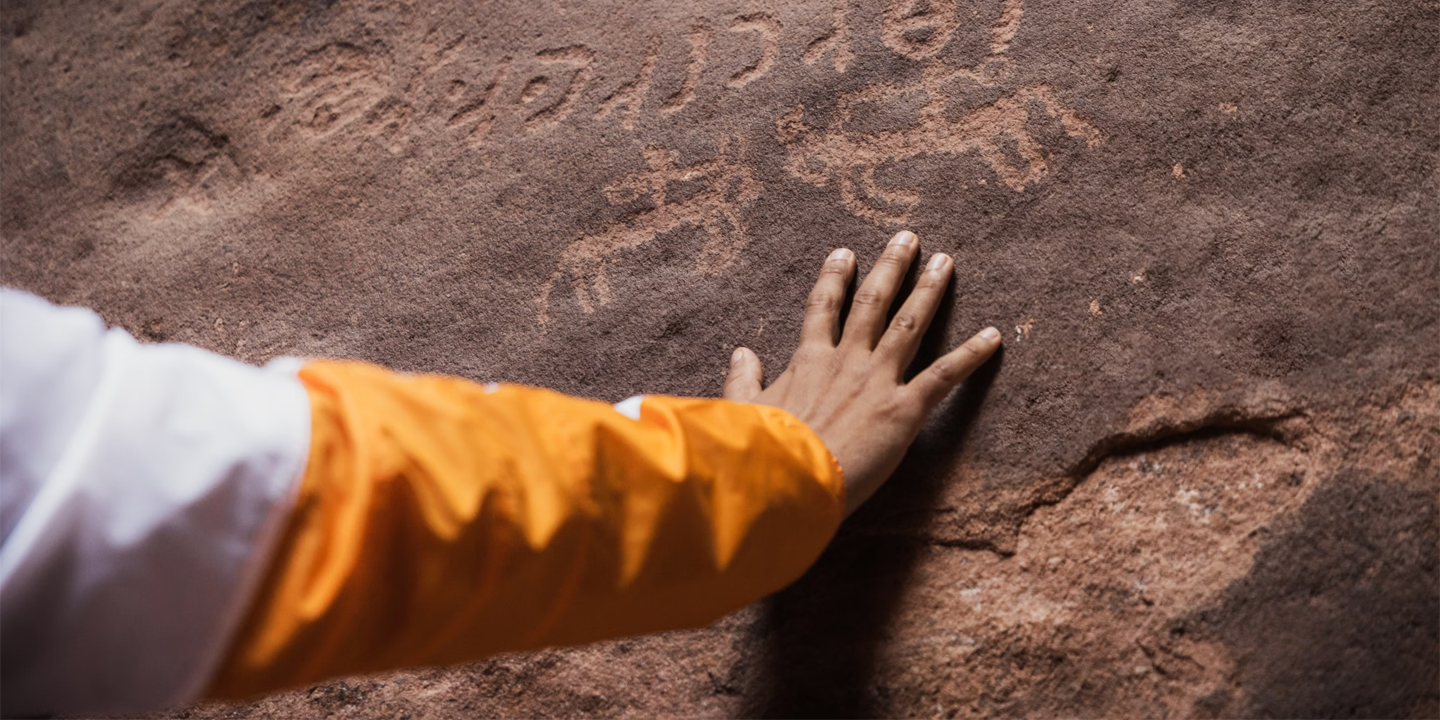New Day, Old Laws
It might surprise you, but if you think about it, lots of countries reference and rely on laws that were made centuries before. Of course, some of these laws are integral to human society, while others may come across as a bit strange.
1. Code of Ur-Nammu
The oldest known law code is the Code of Ur-Nammu, which was written by a Sumerian king and dates back to 2100 to 2050 BCE. Translations indicate that it solidifies statements about royal power, but also had interesting rules about having to pay 15 silver if you kidnap someone. Oh, along with being imprisoned, of course.
2. Class Mobility
Included in the Code of Ur-Nammu is an early form of class mobility. For instance, there is a law that if you marry a slave, that slave is set free. This shows an early understanding of love and social mobility.
3. Witches!
Interestingly, the Ur-Nammu also mentioned accusations of sorcery. Apparently, if a man is accused of being a sorcerer, he must undergo a water trial. At the same time, if the man is found innocent, his accuser must pay 3 shekels.
4. Women’s Value
Unfortunately, the Code of Ur-Nammu had clear discrepancies between men and women. If a woman was accused of adultery and found innocent, she would only be paid one-third of a mina of silver. Additionally, women’s worth was tied to their standing (married, unmarried, widowed), and those circumstances would decide how much they were worth.
5. Storm-God Bailout
Interestingly, in the Code of Hammurabi, which is a Babylonian legal text composed during 1755 to 1750 BC, there is a law referring to debts. If someone has a debt against them and the storm-god floods their fields, their debt is apparently void and they don’t have to pay the creditor that year.
6. Adoption
Another neat Hammurabi law refers to children and adoption. While parental rights can get complicated and heartbreaking in some countries, according to Hammurabi, if a child is adopted at birth, that child cannot be reclaimed.
7. Eye for an Eye
Famously, Hammurabi is best known for his eye-for-an-eye system. In fact, one of his laws clearly states if one man should blind another, then that man too will be blinded. This is also where that famous saying comes from.
8. Uncontrollable Ox
Additionally, some laws are more strange than others and might not sound the most just. For instance, according to Hammurabi, if an ox hurts a man while passing through the streets, there is apparently no legal basis for claims.
9. Kidnapper Rights
Another strange law to consider is also included in the Ur-Nammu Code and refers to kidnapping. Apparently, there are rules about what counts as a punishable kidnapping and what doesn’t. Only if both kidnapper and the kidnappee were free men does the law apply.
10. Catholicism or Bust
The laws also considered and discussed matters of religion. For instance, the Theodosian Code from 438 A.D. strictly prohibits the worshiping of other gods aside from the Christian faith. This is a prime example of what the world looked like before religious freedoms.
Now that we have talked about some interesting early laws, here are 10 that compare to modern laws we practice today.
1. Jury Trials
If you’ve ever wondered why juries are used in democratic courts to hand out verdicts and punishments, well then you have the ancient Greeks to thank. Back in ancient Athens, it was common practice for citizens to participate in dealing out justice.
2. Breaking an Entry
Another early law in the Code of Hammurabi details the cost of breaking into someone's house. Surprisingly, it’s quite similar to modern laws too, as that person can face fatal penalties for breaking and entering.
3. Innocent Until Proven Guilty
Many modern legal systems act under the basis of innocence until proven guilty, and it is up to prosecutors to prove a person’s guilt. This is derived from the Roman legal code, as it stresses that the burden of proof is on the accuser, not the accused.
 Tingey Injury Law Firm on Unsplash
Tingey Injury Law Firm on Unsplash
4. Building Codes
Another interesting Hammurabi law discusses building codes and states that if a builder fails to make a building to specifications, it is that builder’s responsibility to pay to bring the building up to code. While builders aren’t necessarily financially responsible, many countries do have laws in place to ensure code compliance.
5. Equality
Nowadays, it’s common that laws must work in continuance with human rights, and that they apply to everyone equally. Essentially, this is the idea that no one, not even kings, are above the law. The basis for this practice was likely inspired by the 1215 Magna Carta, and serves as a basis for modern legal equality.
 Arthur C. Michael (d. 1945) on Wikimedia
Arthur C. Michael (d. 1945) on Wikimedia
6. Writing It Down
Written language wasn’t always a thing, and many stories or rules were handed down orally before then. However, the idea of writing laws and making them very clear and accessible to the public was inspired by the Code of Hammurabi as well as Roman law.
7. Moral Laws
Taking a page from biblical history, another notable set of laws are the laws of Moses or the Ten Commandments. One of these laws refers to issues of violent and fatal crimes, and compares to modern laws on crime and punishment, and what is morally acceptable.
8. Tort Law
Tort law refers to providing compensation for harm and comes into place when considering personal injury or negligence suits. It turns out that these kinds of laws existed in tribal Anglo-Saxon systems, and the idea that wrongs be righted through settlement has been longstanding.
 Tingey Injury Law Firm on Unsplash
Tingey Injury Law Firm on Unsplash
9. Property Rights
Nowadays, there are many rules surrounding land ownership, from buying to inheriting. This is similar to how Roman law categorized property ownership, and has been quite influential on most European legal systems.
10. Legal Representation
If you’ve ever wondered when lawyers came into play, you have ancient Greek and Roman law to thank for that. It was common practice for Roman advocates to provide legal counsel and assist in criminal cases. In ancient Athens, orators would be responsible for pleading cases for friends.
KEEP ON READING

The 20 Most Recognized Historical Figures Of All Time
The Biggest Names In History. Although the Earth has been…
By Cathy Liu Oct 4, 2024
10 of the Shortest Wars in History & 10 of…
Wars: Longest and Shortest. Throughout history, wars have varied dramatically…
By Emilie Richardson-Dupuis Oct 7, 2024
10 Fascinating Facts About Ancient Greece You Can Appreciate &…
Once Upon A Time Lived Some Ancient Weirdos.... Greece is…
By Megan Wickens Oct 7, 2024
20 Lesser-Known Facts About Christopher Columbus You Don't Learn In…
In 1492, He Sailed The Ocean Blue. Christopher Columbus is…
By Emilie Richardson-Dupuis Oct 9, 2024
20 Historical Landmarks That Have The Craziest Conspiracy Theories
Unsolved Mysteries Of Ancient Places . When there's not enough evidence…
By Megan Wickens Oct 9, 2024
The 20 Craziest Inventions & Discoveries Made During Ancient Times
Crazy Ancient Inventions . While we're busy making big advancements in…
By Cathy Liu Oct 9, 2024


















